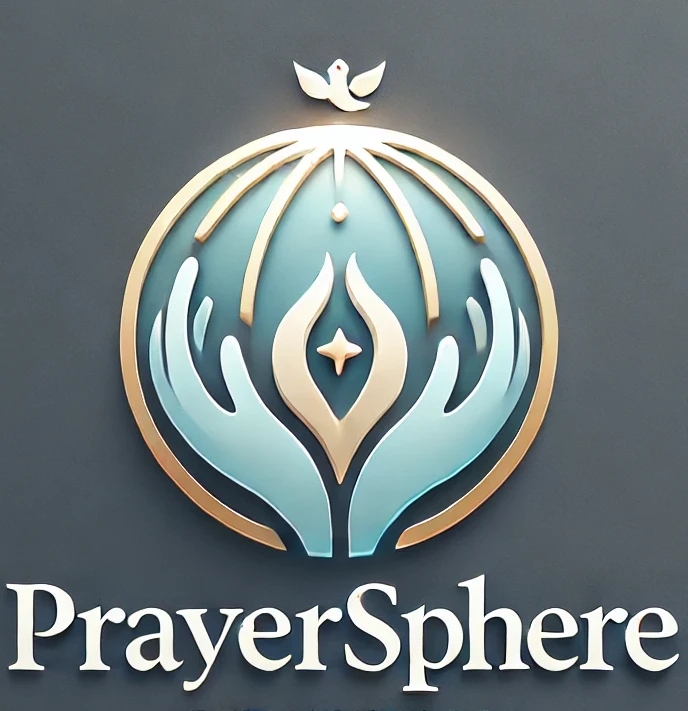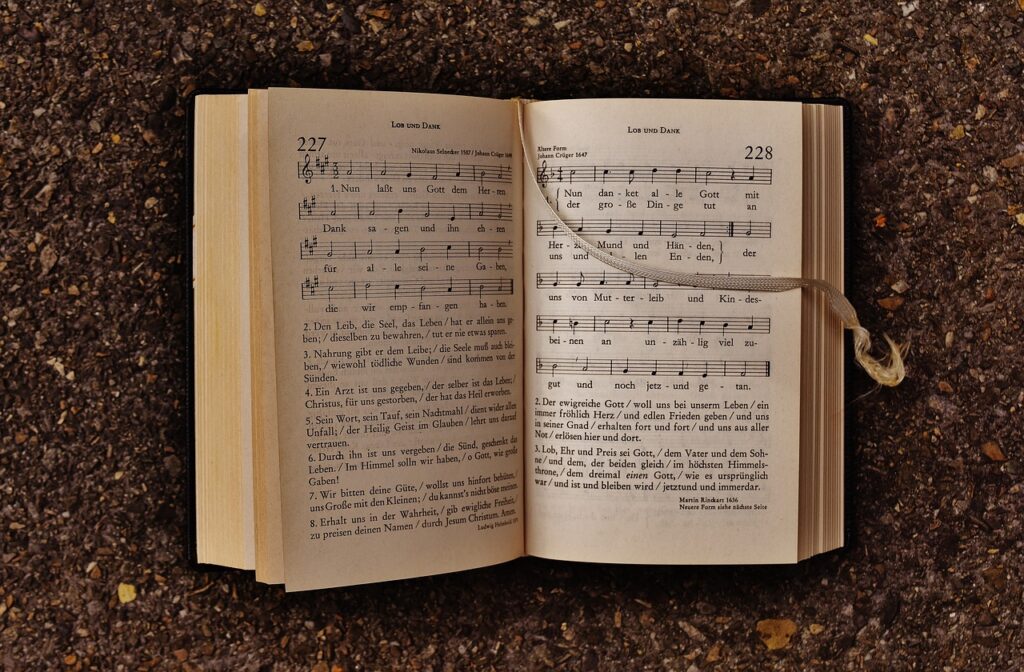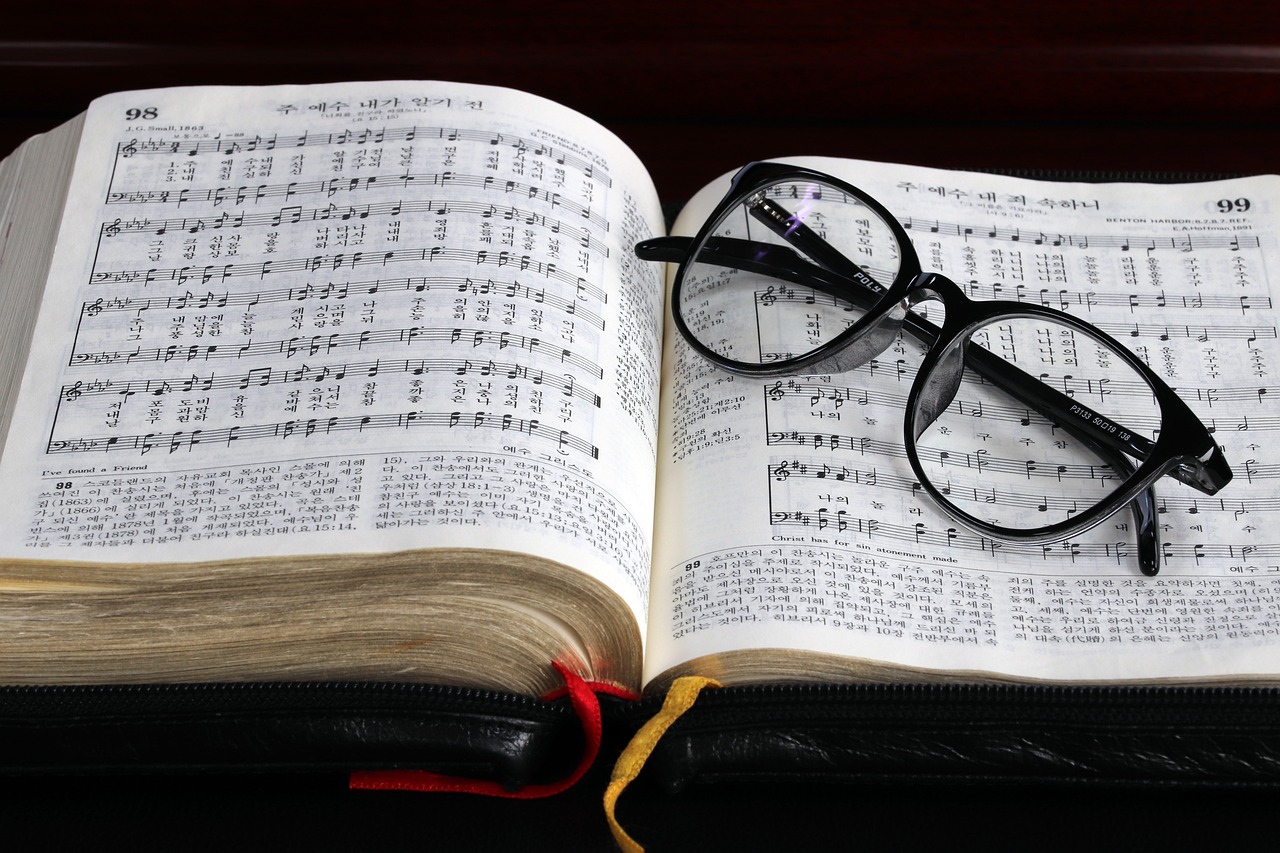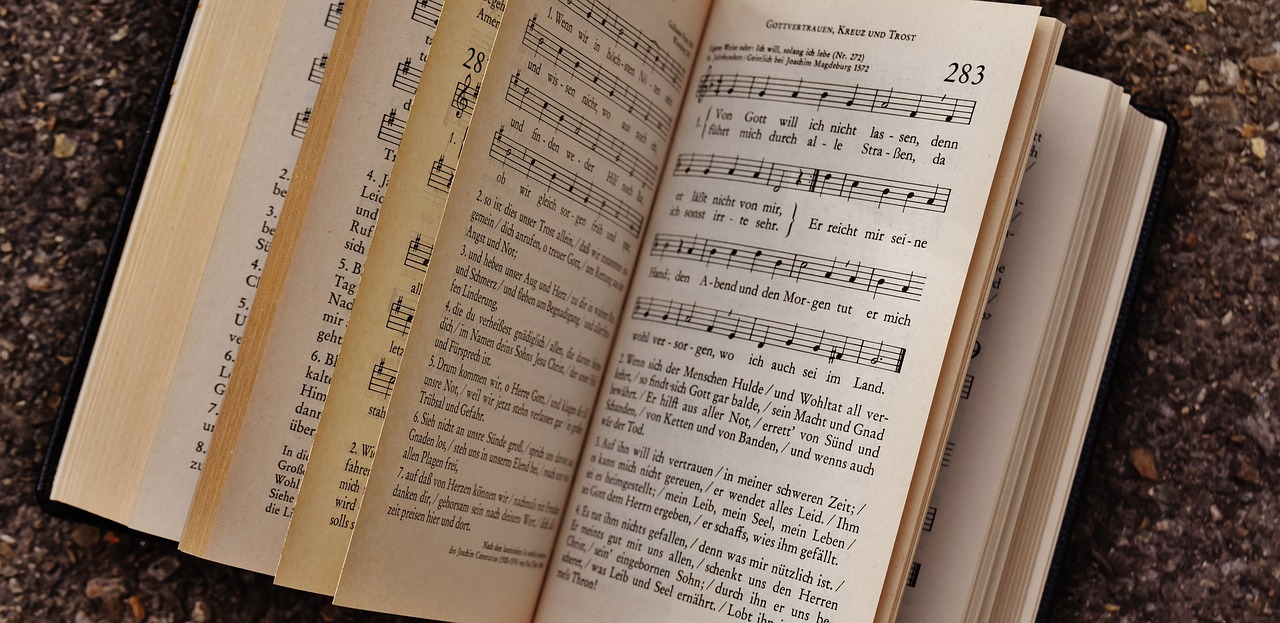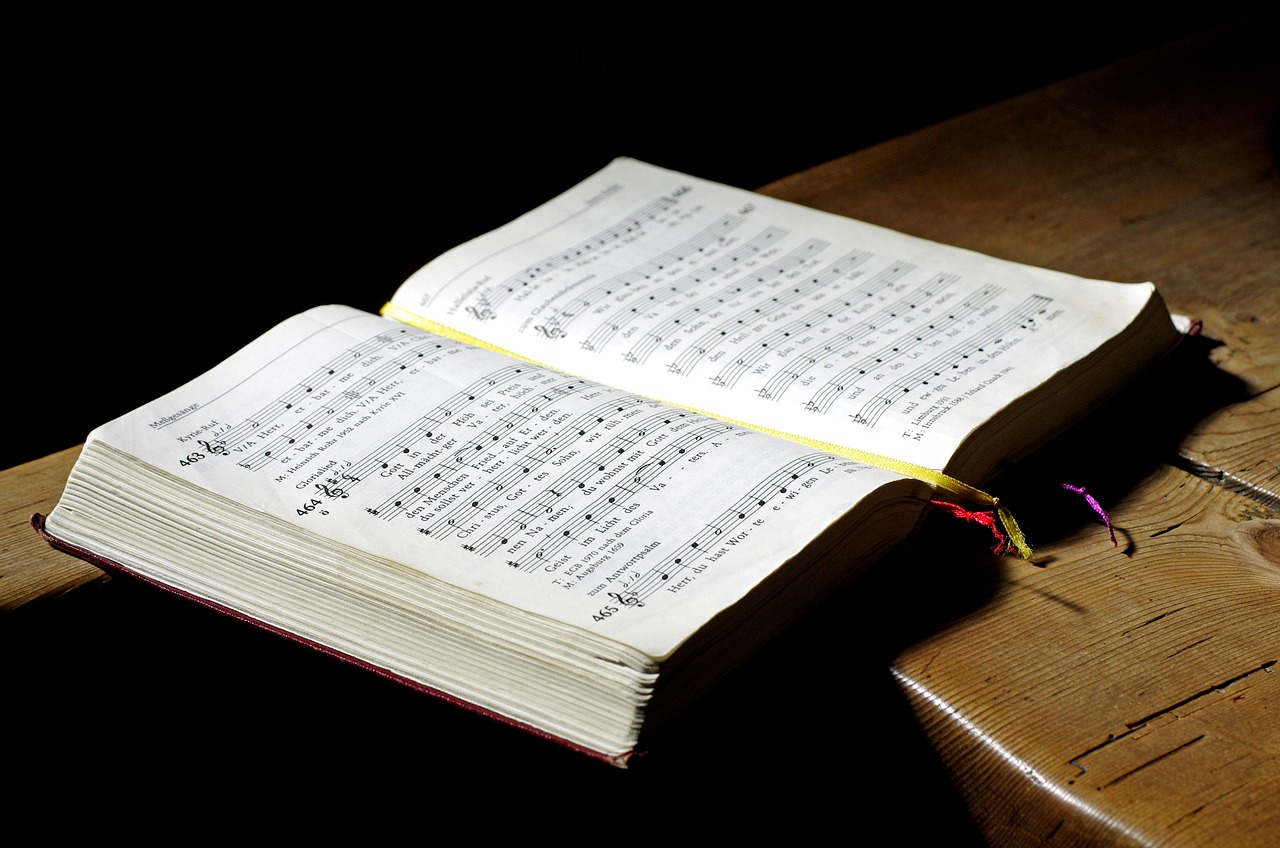Title: Holy, Holy, Holy
Author: Reginald Heber
1 Holy, holy, holy! Lord God Almighty!
Early in the morning our song shall rise to Thee;
Holy, holy, holy, merciful and mighty,
God in three Persons, blessed Trinity!
2 Holy, holy, holy! All the saints adore Thee,
Casting down their golden crowns around the glassy sea;
Cherubim and seraphim falling down before Thee,
Which wert, and art, and evermore shalt be.
3 Holy, holy, holy! Though the darkness hide Thee,
Though the eye of sinful man Thy glory may not see,
Only Thou art holy; there is none beside Thee,
Perfect in power, in love, and purity.
4 Holy, holy, holy! Lord God Almighty!
All Thy works shall praise Thy name in earth and sky and sea;
Holy, holy, holy, merciful and mighty,
God in three Persons, blessed Trinity!
“Holy, Holy, Holy” – A Majestic Hymn of Worship
Background
The hymn “Holy, Holy, Holy” is one of the most beloved and enduring songs of Christian worship, known for its profound focus on the holiness of God and its reverent acknowledgment of the Trinity. The hymn was written by Reginald Heber (1783–1826), an Anglican bishop, and set to music by John Bacchus Dykes (1823–1876). It was first published posthumously in 1826.
The hymn draws inspiration from two significant biblical passages:
- Isaiah 6:3: “Holy, holy, holy is the Lord Almighty; the whole earth is full of His glory.”
- Revelation 4:8: “Holy, holy, holy is the Lord God Almighty, who was, and is, and is to come.”
These verses emphasize God’s infinite holiness and eternal nature, themes that Heber captured eloquently in his lyrics.
About Reginald Heber
Reginald Heber was an English clergyman, scholar, and hymn writer. He served as the Bishop of Calcutta, where he worked tirelessly to spread Christianity in India before his untimely death at the age of 42. Heber was a prolific hymn writer, striving to create poetic and doctrinally rich hymns that could be used in liturgical worship.
“Holy, Holy, Holy” was originally written for Trinity Sunday, a day in the Christian liturgical calendar dedicated to celebrating the mystery of the Trinity—Father, Son, and Holy Spirit. The hymn reflects Heber’s deep theological understanding and poetic skill, combining profound doctrinal truths with lyrical beauty.
The Music: Nicaea
The tune most commonly associated with “Holy, Holy, Holy” is Nicaea, composed by John Bacchus Dykes in 1861. The name Nicaea references the First Council of Nicaea (AD 325), which affirmed the doctrine of the Trinity.
Dykes was a clergyman and accomplished musician, known for composing over 300 hymn tunes. His composition for “Holy, Holy, Holy” is majestic and reverent, perfectly complementing the hymn’s themes. The stately melody rises and falls, mirroring the awe and adoration expressed in the lyrics.
Liturgical Use and Popularity
“Holy, Holy, Holy” has been a staple in Christian worship for nearly two centuries. It is often sung on Trinity Sunday, as well as during other services of praise and adoration. Its reverent tone and rich theology make it suitable for traditional and contemporary worship contexts alike.
The hymn has also been translated into many languages, making it a truly global expression of faith. Its universality and theological depth have cemented its place in hymnals across denominations.
Cultural and Historical Impact
The hymn’s majestic tune and profound lyrics have inspired countless adaptations and performances. It has been featured in numerous hymnals, recorded by famous choirs and artists, and used in major religious gatherings. The enduring popularity of “Holy, Holy, Holy” speaks to its ability to unite worshippers in awe of God’s majesty and holiness.
The Meaning of “Holy, Holy, Holy”
“Holy, Holy, Holy” is a hymn of adoration and reverence, centered on the holiness and majesty of God. Written by Reginald Heber, the hymn captures key aspects of Christian theology, including God’s holiness, the Trinity, and His eternal sovereignty. Here is a breakdown of the hymn’s meaning:
1. The Holiness of God
The repetition of “Holy, holy, holy” in the hymn reflects the triadic praise found in Isaiah 6:3 and Revelation 4:8, where angels and heavenly beings proclaim God’s infinite holiness. In biblical tradition, repeating a word three times signifies its utmost importance and completeness.
Holiness, in this context, refers to God’s absolute purity, moral perfection, and separation from sin. By focusing on God’s holiness, the hymn invites worshippers to approach Him with awe, reverence, and humility.
2. The Trinity
The hymn emphasizes the doctrine of the Trinity—God as three Persons in one being: Father, Son, and Holy Spirit. The phrase “God in three Persons, blessed Trinity” reflects the unity and distinctiveness of the Triune God.
Rather than attempting to explain this profound mystery, the hymn encourages believers to marvel at it, seeing the Trinity as a central and beautiful truth of the Christian faith.
3. Worship in Heaven and on Earth
The second verse mentions “all the saints” and “cherubim and seraphim” casting down their crowns and falling before God. This imagery draws from Revelation 4:10–11, depicting the heavenly beings worshipping God in eternal adoration.
The hymn connects this heavenly worship with earthly worship, uniting believers with the praise of all creation. It reminds us that praising God is a universal and eternal act that transcends time and space.
4. The Hidden Glory of God
The third verse acknowledges that God’s glory is sometimes hidden from human eyes due to the “darkness” of sin. The line “Though the eye of sinful man Thy glory may not see” reflects the biblical idea that humanity’s imperfection limits its ability to fully comprehend God’s majesty.
This verse highlights the humility required in worship, as believers recognize their unworthiness and depend on God’s grace to draw near to Him.
5. God’s Eternal Nature
The hymn also speaks of God’s timelessness with the phrase, “Which wert, and art, and evermore shalt be.” This echoes the words of Revelation 4:8, where God is described as the One “who was, and is, and is to come.”
This eternal nature provides assurance to believers that God’s power, love, and holiness are unchanging and everlasting. It emphasizes that God’s reign extends beyond human history and into eternity.
6. Universal Praise
The final verse declares that all creation—”earth and sky and sea”—joins in praising God. This universal worship reflects the psalms and other scriptures that describe nature itself as glorifying God (e.g., Psalm 19:1).
The inclusion of all creation in worship underscores God’s sovereignty over everything and highlights the interconnectedness of heaven and earth in their shared purpose of glorifying Him.
7. A Call to Reverence and Awe
The majestic tone of the hymn, both in its lyrics and melody (Nicaea), inspires a sense of awe. It calls worshippers to recognize God’s transcendence and approach Him with a heart of humility and adoration.
Conclusion
The meaning of “Holy, Holy, Holy” lies in its profound expression of worship, its celebration of God’s holiness, and its acknowledgment of His triune nature. The hymn invites believers to join the heavenly chorus in praising God for His purity, power, and eternal reign.
It serves as a reminder of the majesty of God and the privilege of worshipping Him, uniting all creation in one voice of adoration.
